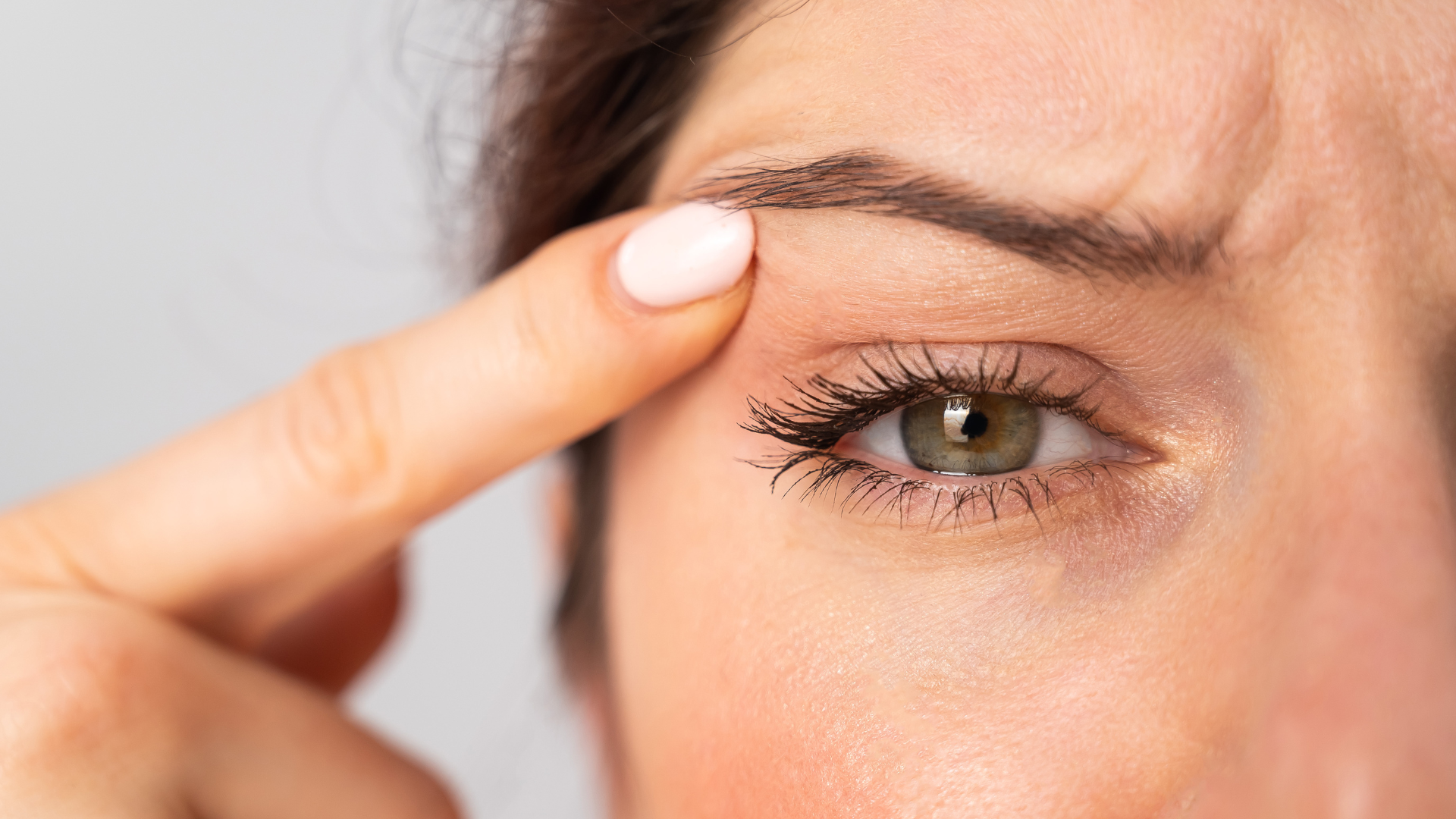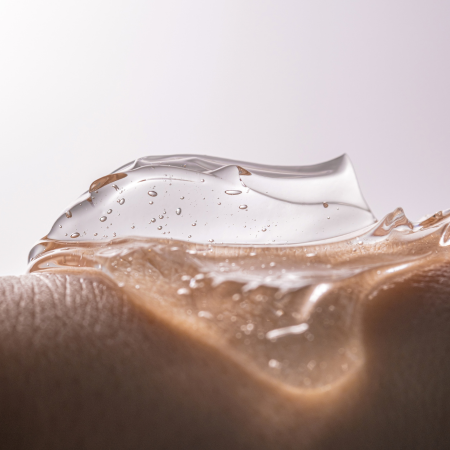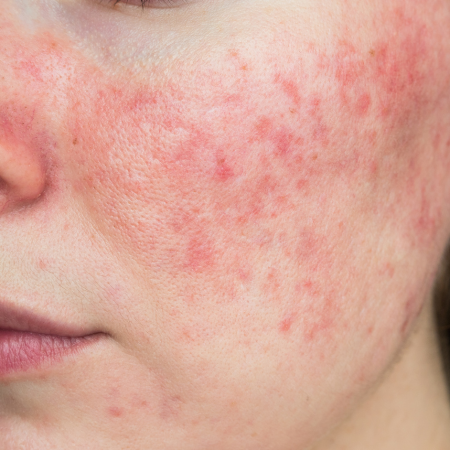Rejuvenating Your Appearance: Brow Lift with PDO Threads
The PDO Brow Thread Lift

As we age, our skin loses collagen, leading to decreased firmness and diminished muscle tone. So, what happens to your face? Well, the forehead and eyebrows start to droop due to reduced support. You might notice your eyebrows losing their natural arch and looking droopy even when you're not feeling down. It's like your face is sending the wrong signals. This is where PDO threads come in. They're used in a non-surgical face lift procedure like an eyebrow lift to perk up those brows and the area above your eyes, smoothing out wrinkles, lines, and sagging eyebrows.
Eyebrow thread lifts offer a practical alternative to surgery, providing a refreshed, youthful appearance with minimal downtime and no visible scars. The threads work immediately to lift the brows and stimulate collagen production over time, promoting firmer, more youthful skin. It's like hitting the refresh button for your face!
Understanding the Thread Lift Procedure
An eyebrow thread lift is a cosmetic procedure that lifts and rejuvenates the brow area using PDO (polydioxanone) threads. These threads, made of a biocompatible material, are inserted under the skin to create a lifting effect, restoring a more youthful appearance.
During the procedure, a qualified medical provider places the threads under the skin using a cannula. This precise positioning elevates and provides support to the brow tissues, attending to issues like drooping brows, forehead wrinkles, and sagging skin.
An eyebrow lift can achieve a subtle yet noticeable lift of three to five millimeters, enhancing the eye frame and overall facial balance. Options include lifting the entire brow frame with inner and outer brow thread support or choosing an angled outer lift for a sleek, ponytail-like effect, catering to various aesthetic preferences.
What are the Risks of a Thread Lift?

Before considering eyebrow thread lifts, it's essential to acknowledge the potential risks associated with the procedure.
Bruising and Swelling: These are common side effects that can occur due to the insertion of threads under the skin or the use of local anesthesia, which typically settle in a few days or a week.
Thread Migration or Extrusion: Threads may shift from their original placement or become visible under the skin, resulting in asymmetry or an unnatural appearance. That’s why it’s important to avoid putting extraneous forces on the threads, like exaggerated facial expressions or sleeping on the area.
Thread Lift Dimpling or Bunching: Thread lift dimpling may occur at the time of insertion or shortly after the procedure. The provider can usually handle them through further treatment or by removing the threads.
Infection: Though rare, the chances of an infection linked to the procedure is not impossible, which is why it’s important to not touch the area where the threads were inserted and to follow your provider’s post-care instructions.
By understanding these potential risks, you can make a well-informed decision about face threading procedures.
Pre and Post-Care for a Non Surgical Facelift
To minimize the risks associated with face threading procedures, it's essential to follow proper pre-care and post-care guidelines:
Pre-care:
Consultation: Ensure you consult with a qualified and experienced healthcare professional who specializes in face threading procedures. Discuss your medical history, expectations, and any concerns you may have.
Avoid certain medications: Your healthcare provider may advise you to avoid certain medications, such as blood thinners or non-steroidal anti-inflammatory drugs (NSAIDs), before the procedure to minimize the risk of bleeding and bruising.
Stop smoking and alcohol consumption: Smoking and excessive alcohol consumption can impair the body's healing process and increase the risk of complications. It's advisable to refrain from smoking and limit alcohol intake in the days leading up to the procedure.
Post-care:
Follow the post-procedure instructions: Adhere to the specific post-procedure guidelines provided by your healthcare provider, including any restrictions on activities, skincare routines, and medication use.
Ice packs: To reduce swelling, apply ice packs for 30 minutes several times a day for the first few days. If necessary, use bandages to gently support the face for 1-2 days for added stability and to further reduce swelling.
No strenuous activities: Refrain from engaging in strenuous activities such as running, jumping, or HIIT workouts that may strain or apply pressure to the treated area for approximately 2-3 weeks.
Hygiene: For the next 24 hours post-procedure, avoid washing your hair or taking a shower. When washing your face after this initial period, be gentle and avoid applying pressure to the skin.
Sleeping: Avoid lying down in a prone or side position within 4 hours after the procedure to reduce the risk of thread migration. Instead, sleep on your back (supine position) for the next 3-5 days.
By following these pre-care and post-care guidelines, you can help minimize the risk of complications and promote optimal results from your PDO brow thread lift procedure.
Choosing a non surgical facelift can be a practical solution for revitalizing your appearance, addressing concerns such as drooping brows, forehead wrinkles, and sagging skin. Despite potential risks, this minimally invasive procedure offers notable benefits, including shorter downtime and easy customization. Although the changes of side effects like thread lift dimpling or swelling aren’t completely zero, the rate and severity of the risks are significantly less compared to traditional surgical options. By familiarizing yourself with the procedure, understanding its associated risks, and following proper pre-care and post-care guidelines, you can confidently explore the option of a PDO thread eyebrow lift to enhance your natural features and achieve a refreshed look.




